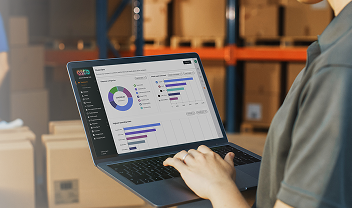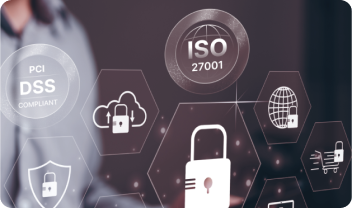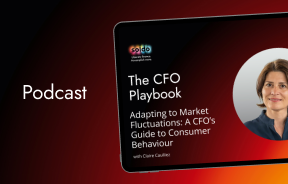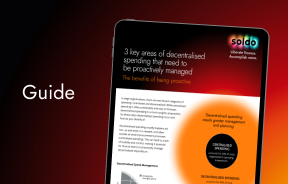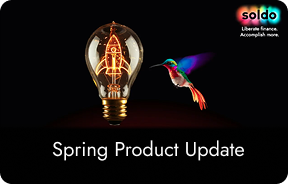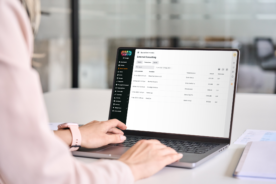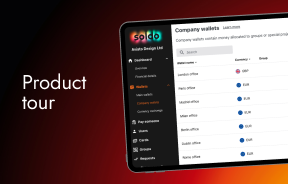If you’re responsible for a business’ financial well-being, spend analysis is a crucial skill to master.
Setting budgets and enforcing an expense policy only takes you so far. Unless you want spending to burn a hole in your profits, you must also make sure the money that is leaving your coffers is being put to the best use.
Spend analysis is how you get there. It shows you where your money’s going and helps you identify areas where you could improve.
In this first part of a two-part series, we’ll go over the spend analysis process in detail to help keep your company’s finances in top shape. And because the process can be time-consuming and tricky, we’ll also show you how to simplify it.
What is spend analysis?
Spend analysis means looking at business spending in order to spot trends, catch issues, and glean insights that help you plan better. There are many reasons why you’d do it. That said, chances are you’ll have one or more of the following goals:
- Understanding exactly where you’re spending money
- Identifying and cutting waste
- Finding ways to save
- Making more accurate financial forecasts
How do you carry out a spend analysis?
A thorough spend analysis involves three steps:
1. Getting your data together
Your accounting software will probably be your first port of call. But, depending on your company’s structure — and how you manage spending — you may also have to:
- Go through credit card statements, employee expense reports, or both
- Ask teams to tell you how much of their budgets they’ve used to date.
2. Organising data in a way that makes sense
Most accounting software programs can group similar transactions into categories. That said, because you usually have to categorise (and input spreadsheets and credit card statements) manually, it’s worth double checking for mistakes.
3. Analysis
Your data is organised. It’s time to figure out what it actually means. Questions you may want to ask include:
- Are we wasting money?
Redundant purchases are the most obvious offenders. Gartner, for instance, reckons cancelling duplicate software subscriptions could slash your IT bill by up to 30%. But spending on necessary items like stationery can also spiral out of control
- Do the numbers make sense?
According to our research, 38% of employees have committed expense fraud, but only 17% get caught. Spend analysis can help you uncover suspicious transactions that might’ve slipped through the cracks
- How can we save money?
Perhaps you could shop around for cheaper professional indemnity insurance? Or maybe it’s time for someone senior to step in and negotiate better rates with a supplier?
- Are we budgeting accurately?
Spend analysis can help you figure out whether projects are on budget, why they aren’t, and what to do to get them back on track
Turbocharging spend analysis with automation
Putting your spending under the microscope can uncover issues you might not have noticed and help you course-correct. The catch is that it’s time-consuming to do, so it often ends up at the bottom of the to-do list.
AstraZeneca’s Senior Finance Director, Robin Owen explains:
“The Finance function is about enabling the business and delivering incremental value through providing insights and impacting decisions. We do that in many ways with our expertise as finance professionals with the unique view of data the finance function gets. There are usually no other functions in the business that see the full scale of the cost base of the business and can draw dots between A, B, and Z. We’re uniquely positioned as a function to bring insight through data inside the business, backward looking but more and more, forward looking”Robin Owen – Senior Finance Director, AstraZeneca
In a recent poll, 73% of participants said they didn’t trust their financial data. The good news is that there’s tech you can use to automate data collection and categorisation. These tools simplify the process and produce more accurate information, so spend analysis is easier and more fruitful.
Spot — and fix — issues more quickly
Automation tools like Soldo record transactions in real time, so you can spot issues as they happen.
Let’s say work-related travel increases. With Soldo, you can see how much your staff is spending immediately by logging on to the dashboard. And if you think costs are getting unmanageable, you can act, for example by trying to negotiate better fares.
Similarly, if someone is racking up three-figure bar tabs, you can nip it in the bud.
Always have an eye on your spending
Being able to see transactions in real time also means you can monitor budgets, project costs, and departmental spending on the go instead of doing the maths at the end of the year. This means you can stop overspending before it’s too late.
Keep staff accountable
With Soldo, everyone gets their own prepaid card, so you can see exactly who spent how much and on what at any time.
And if you can see what everyone is spending in real time, you don’t have to rely on what others are telling you.
Spend analysis doesn’t have to take forever
Want more visibility into your business spending but think spend analysis is too time-consuming to do?
Financial automation tools can take care of the spadework, so you can focus on what matters: using the numbers to make strategic decisions that keep your business profitable.
Want to learn more about spend analysis automation?
In Spend Analysis, Pt. 2, we discuss three areas where it’s tricky to get useful spending insights and show you how automation can help.



